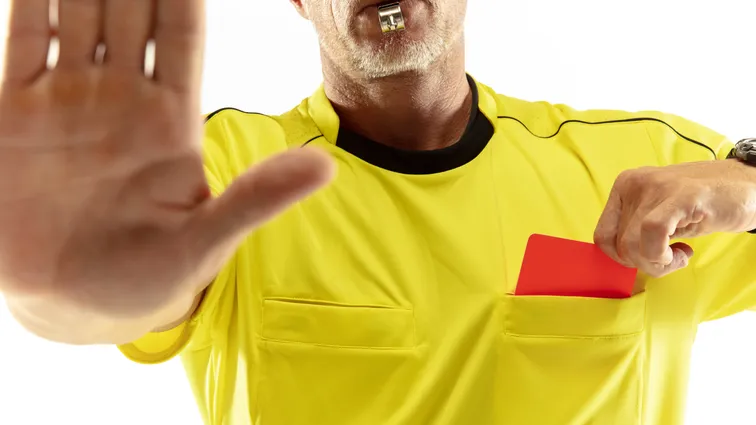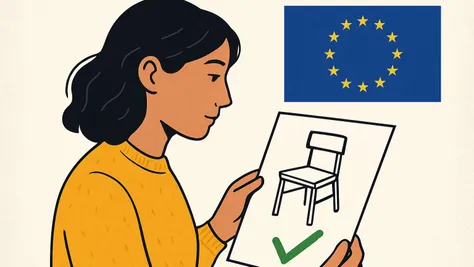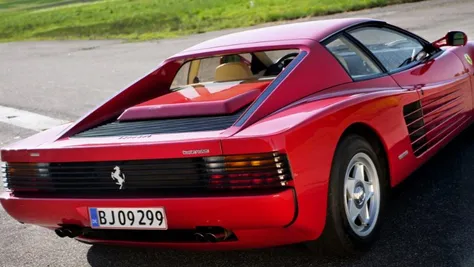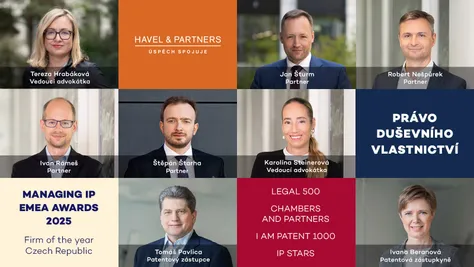While the record for the fastest goal in the history of the European Championship has already been set at EURO 2024, one of the fastest decisions in the world of patents, rejecting an application for a provisional measure, was made before the European Football Championship even started. Thanks to this ruling issued by the Unified Patent Court, football fans will not have to rely on the keen sight of referees, but will be allowed to trust the impartial and unbiased technology of the Video Assistant Referee (VAR) for disputed offside positions and other violations of the rules.
The Video Assistant Referee (“VAR”) technology is already well known to football fans. Since its debut at the 2022 World Cup, thanks to connected ball technology, the VAR has been providing referees with, among other things, accurate ball data (due to a measurement unit monitoring acceleration and angular velocity) to help them make the right decisions at key moments in matches. But few fans know that this technology is also subject to patent protection.
Ballinno BV (“Ballinno”) acquired the patent in question, registration no. EP 1 944 067, which protects a “method and system for detecting an offside situation” by sensing and processing measured signals to determine the exact moment when a player kicks the ball (the “Patent”), from Invit-BV relatively recently, only on 21 February 2024.
On 18 April 2024, Balinno filed an application for an interim measure (“IM”) against the Union des Associations Européennes de Football (“UEFA”) and its partner company Kinexon GmBH in relation to the use of VAR technology at EURO 2024. In its application, it claimed infringement of the Patent.
In the first decision of the Local Division Hamburg of the Unified Patent Court (“UPC”) of 14 May 2024[1] (i.e. less than a month after the application for the IM was filed), the UPC addressed three counter-applications of UEFA, namely: (i) a request that Ballinno pay security for costs of EUR 200,000 prior to the first oral hearing, (ii) to set the value in dispute to be at least EUR 2 million, and (iii) asking for the allocation of a technically qualified judge to the panel in the field of physics.
Since Ballinno had not used the Patent at the date of the application for the IM and the Patent constituted its sole asset, the UPC granted UEFA’s application and requested Ballinno to provide security (albeit at approximately one quarter of the amount requested by UEFA) to cover the costs of the proceedings, as Ballinno did not provide evidence that it was able to pay the costs of the proceedings, if any.
The UPC also took into account the fact that the previous owner of the Patent had claimed an infringement already in October 2023 and had sent a warning letter to Kinexon GmbH requesting it to refrain from using the Patent. There was thus concern that the purpose of the transfer of the Patent was merely to facilitate potential litigation without exposing the applicant to any financial risk. Hence, the UPC preferred to put the interests of the defendant above those of the applicant in this case.
The value of the dispute, taking into account possible royalties for the use of the technology, was also set at a quarter of UEFA’s proposal, i.e. at EUR 500,000.
In relation to UEFA’s request for a technically qualified judge to be allocated to the panel, the UPC ordered that such a judge was not needed because the technology in question had already been sufficiently explained in the parties’ submissions and the allocation of a technically qualified judge would delay the proceedings, which was not in the interest of either party given the imminent start of EURO 2024.
On 3 June 2024, UPC Hamburg rejected the application for the IM in its entirety. It was thus able to decide on the application for the IM in practically half the time compared to the standard (three to four months on average so far). Ballinno failed to persuade the UPC judges that the Patent was infringed or that Ballinno acted quickly enough to use the IM.
Conclusion
It can be inferred from the UPC’s order that if you apply for an IM, it will be necessary not only to claim that you will be able to pay the reasonable costs of the proceedings, but also to provide evidence to support that claim.
This setup and requirement in terms of assessing the reasonableness of costs may not be particularly encouraging for companies that do not use their patents but would like to use proceedings before the UPC, especially if they decide to initiate proceedings only after a long period of inactivity and non-enforcement of their patent rights. On the other hand, the decision is an encouraging sign in the fight against patent trolls, who will find it more difficult to file vexatious applications for IMs.
A practical tip to ensure that the decision concerning an IM is reached as quickly as possible is to draft the IM application (or other submissions) in English and not to rely on other official languages of the UPC (regardless of the local UPC division), as English is the working language of most UPC judges.
- [1] – UPC Order of 14 May 2024. Available here: https://www.unified-patent-court.org/sites/default/files/files/api_order/A09F60F208E3ADC474C561490FA70C5A_en.pdf









